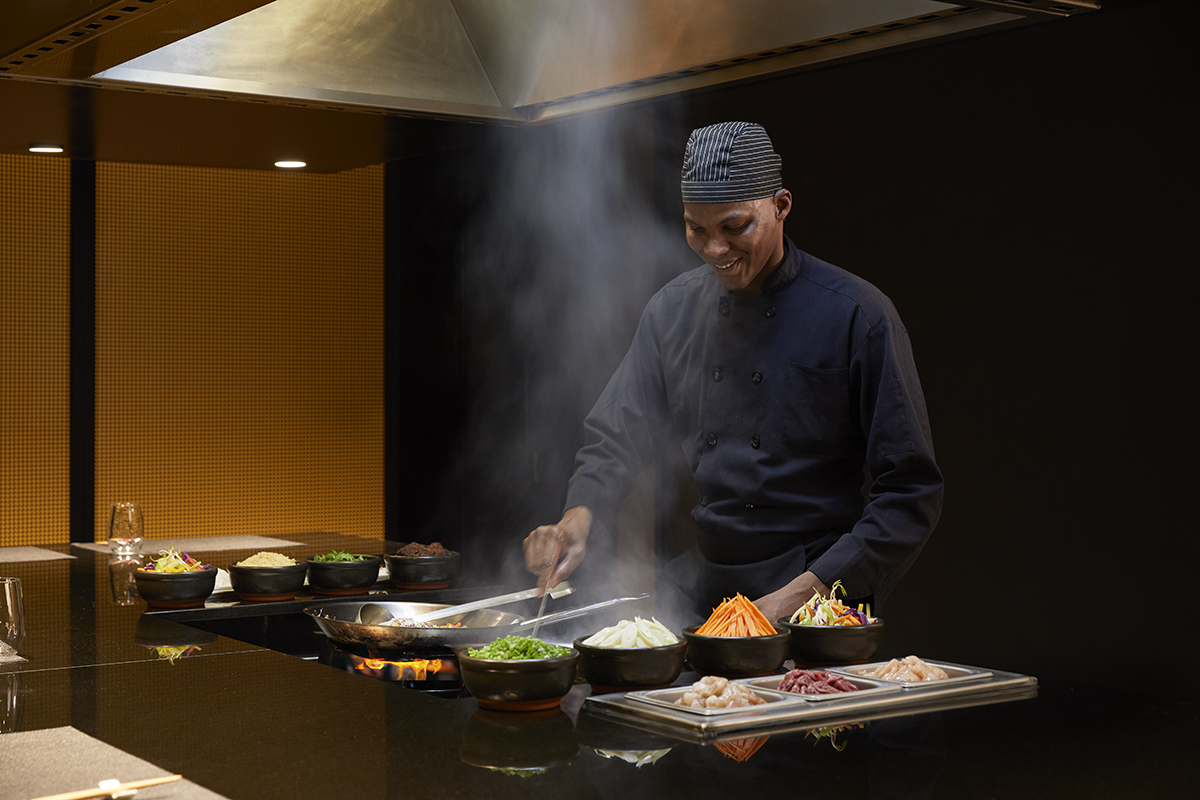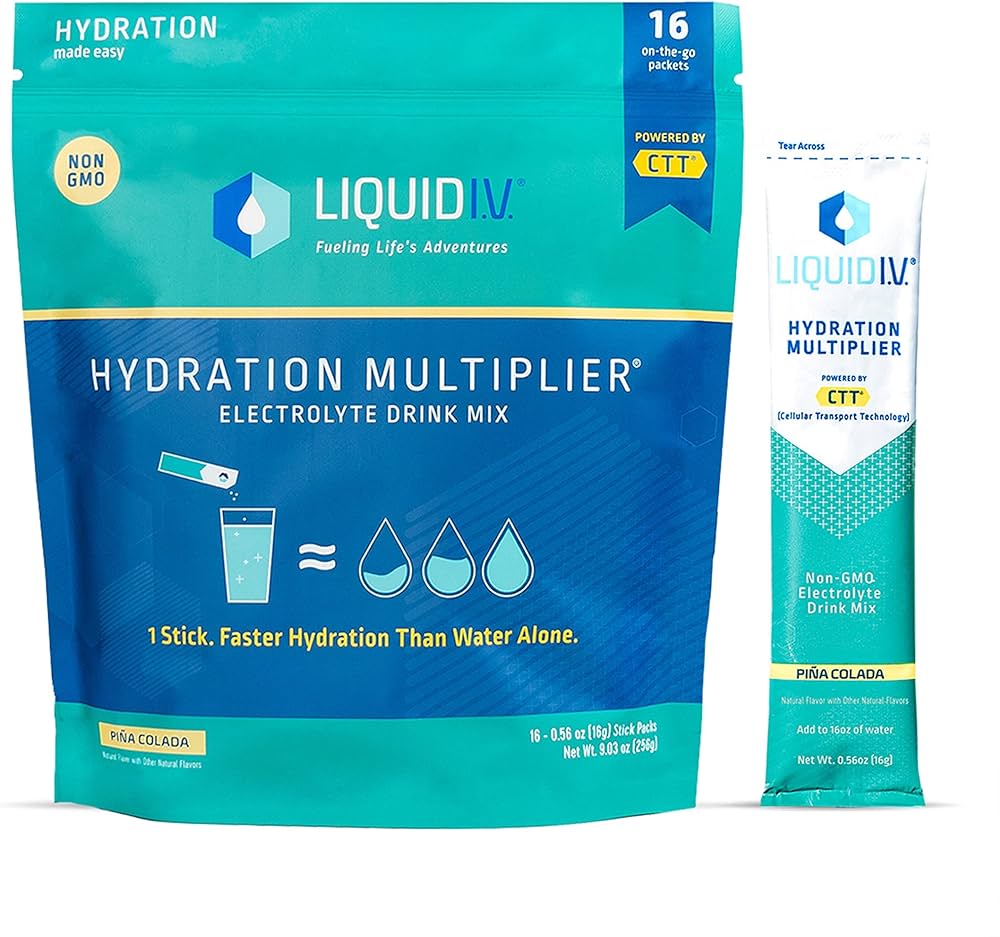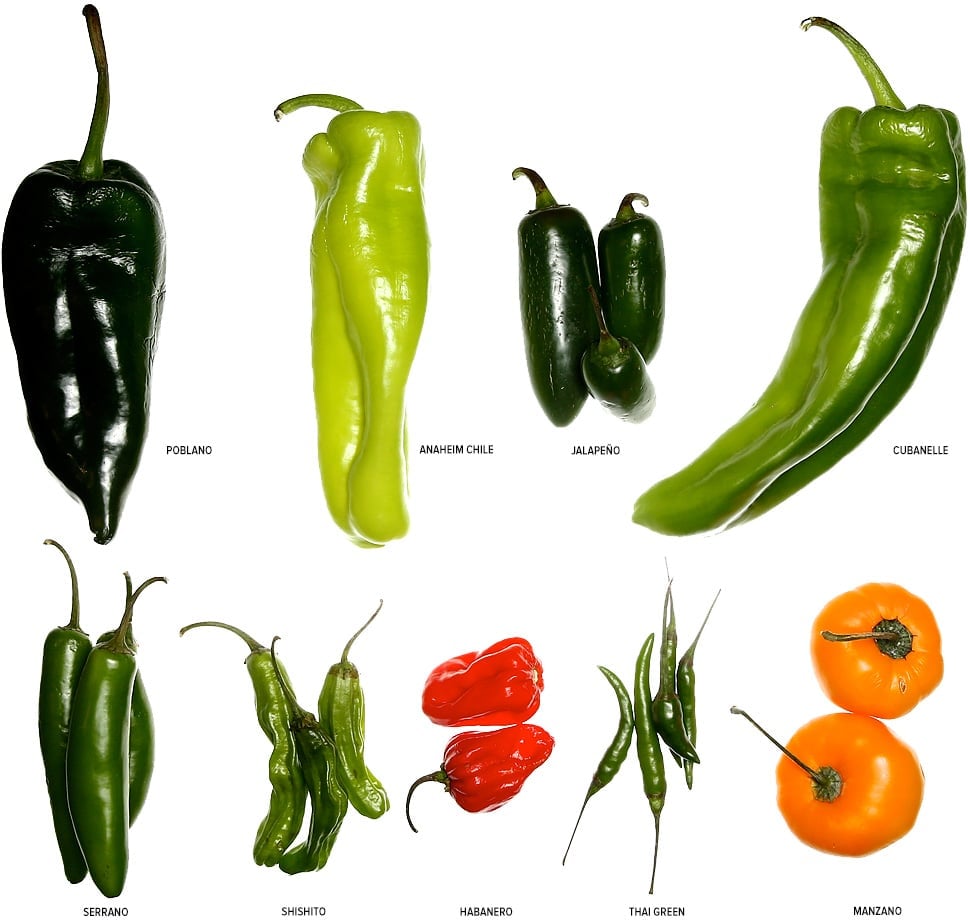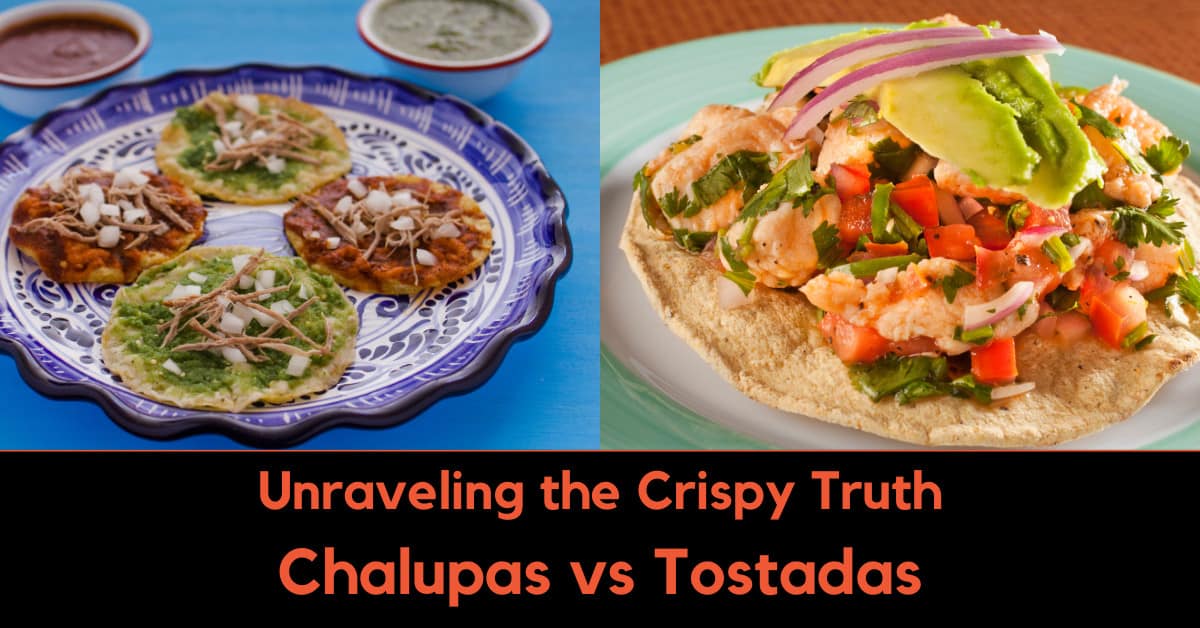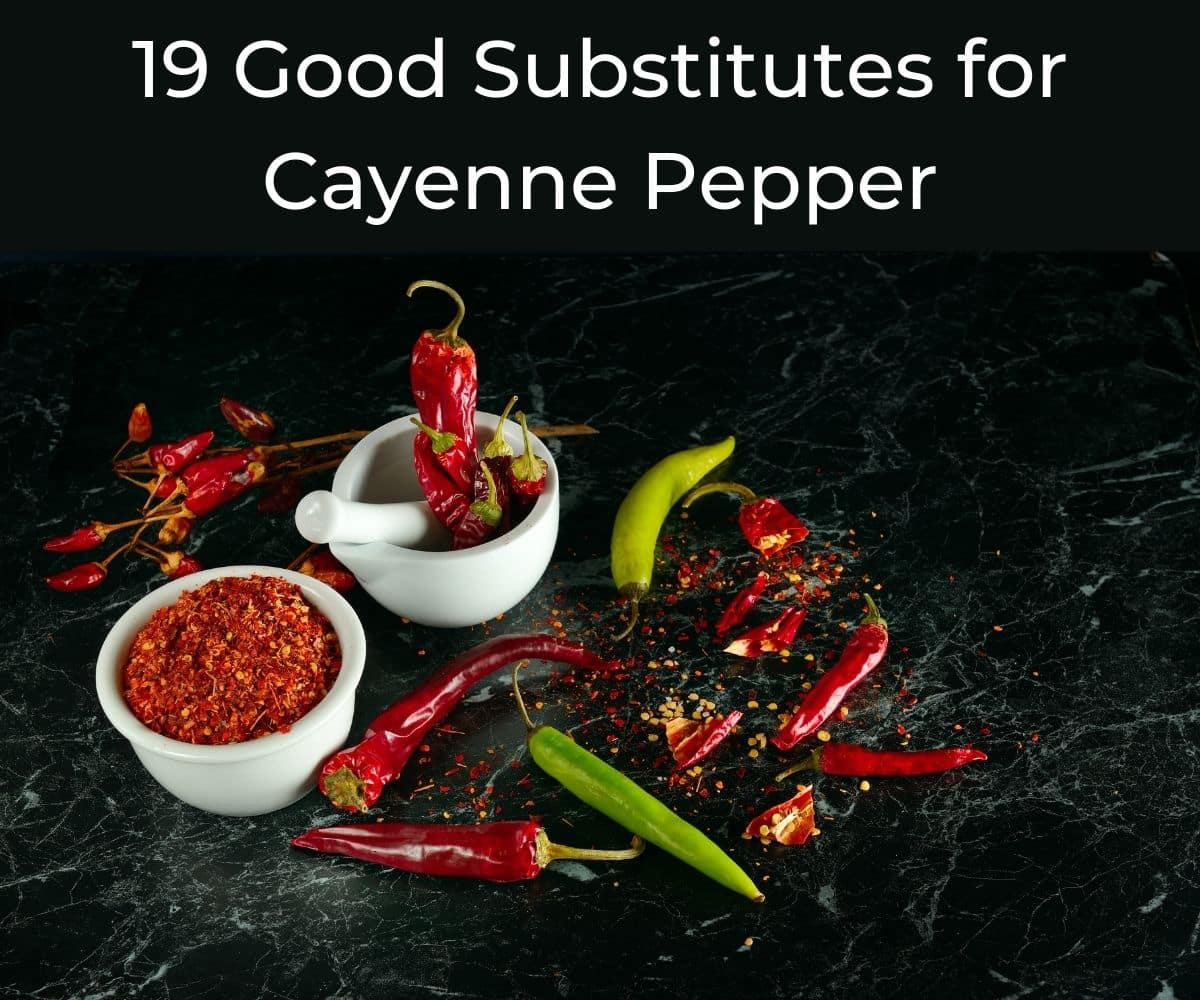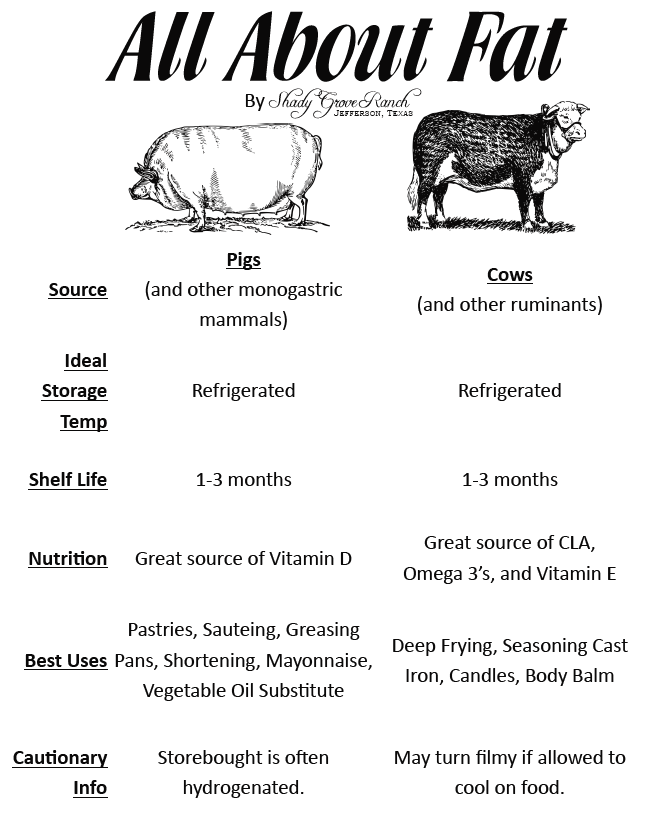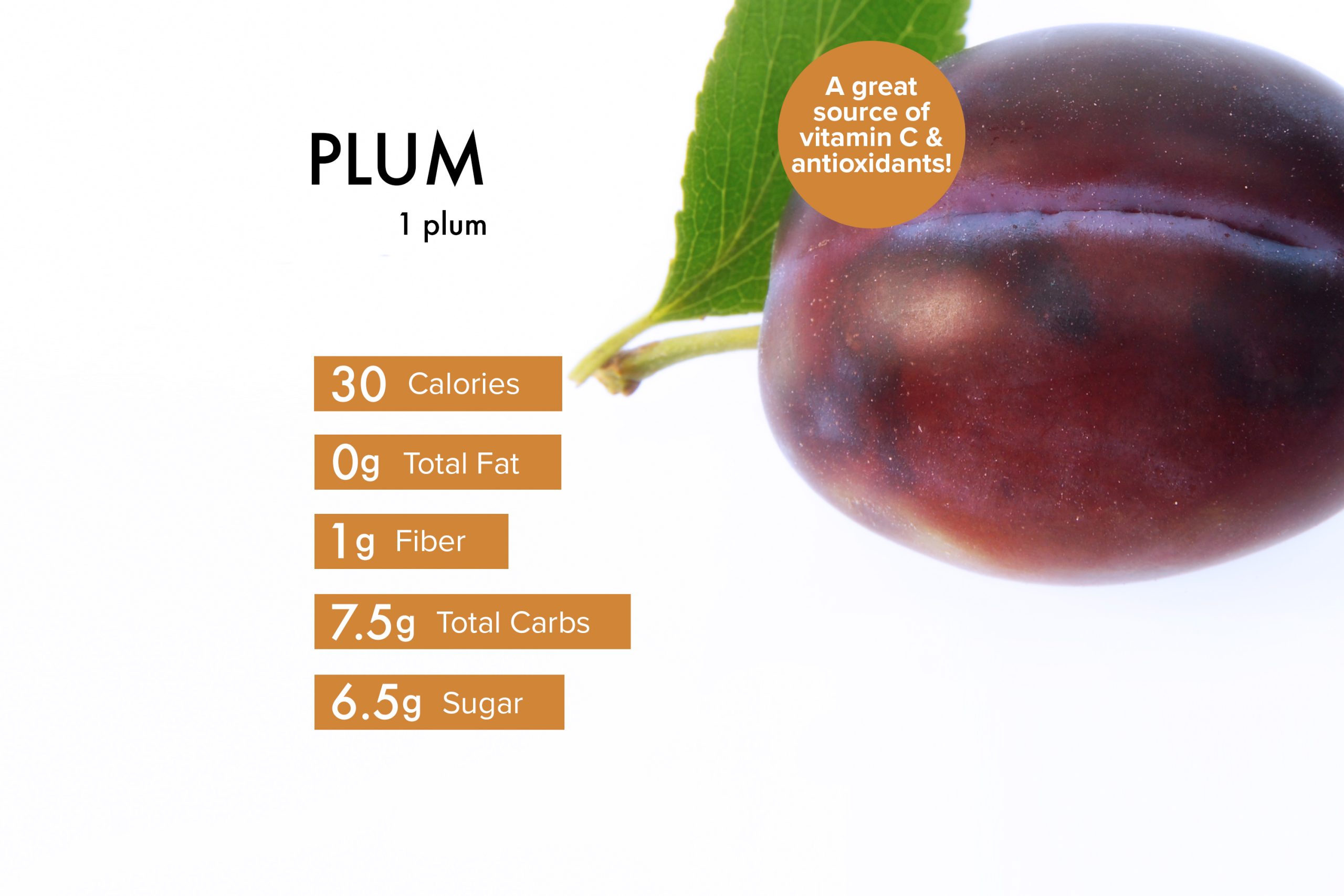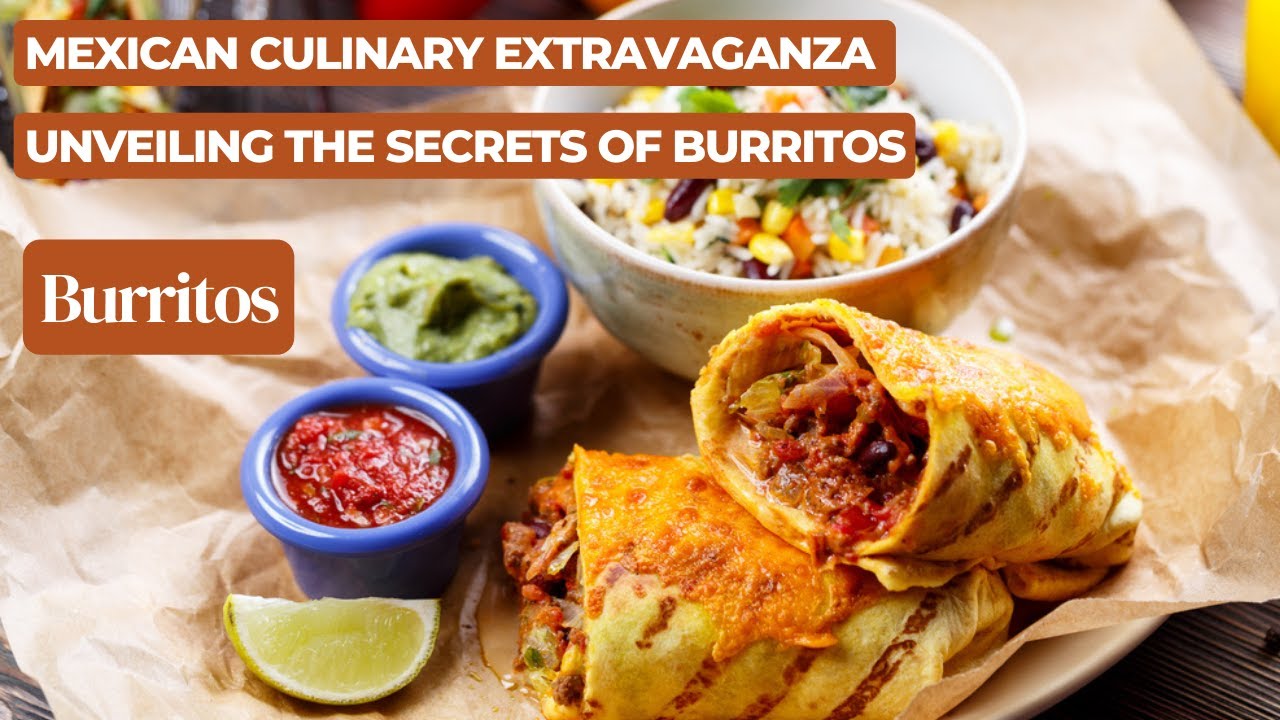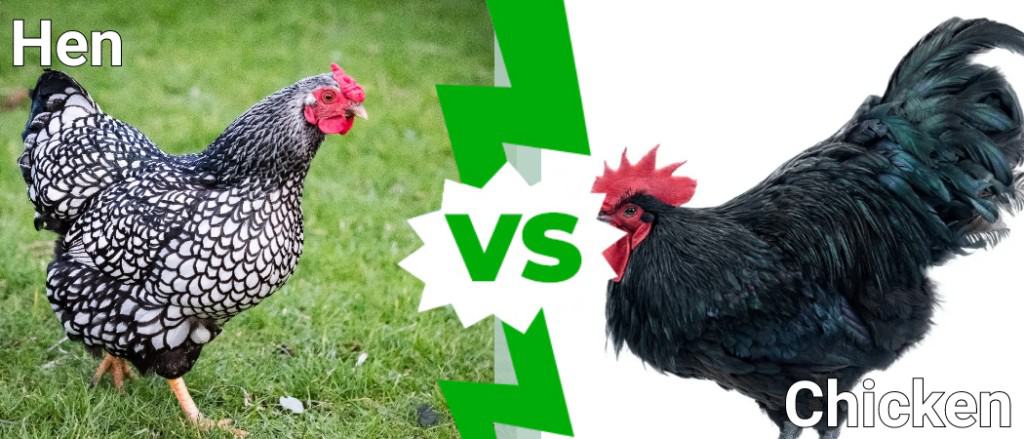Places where they cook in front of you: A Culinary Journey into Interactive Dining Experiences
– Benihana is a well-known hibachi-style restaurant where chefs put on a show while cooking Japanese-inspired food and American favorites.
– Fogo de Chão is a Brazilian restaurant specializing in churrasco grilling technique, cooking meat over a lengthy time for bold flavors and tenderness. Chefs or waiters finish the meal at the table for a more intimate experience.
– Shōgun is a restaurant offering sushi and teppan steak, with hibachi-like dining rooms and fine dining options.
– Dons Bogam Wine Bar & BBQ is a more intimate hibachi restaurant that serves Korean food and offers the option of watching the chef work.
– 99 Favor Taste is a Chinese hot pot restaurant where customers can add their own ingredients to make their desired soup or stew. They also offer Korean BBQ dishes.
– Nikko is a Japanese restaurant with a sushi bar, known for preparing sushi in front of customers.
– Gyu-Kaku is a Japanese BBQ restaurant where customers cook their own food on small charcoal grills at each table.
– Del Frisco’s is a steakhouse that offers fine dining and wine pairing.
– Sakura is a Japanese steakhouse and sushi bar known for its seafood options. Chefs cook the meal in front of customers.
– Arirang Hibachi Steakhouse and Sushi Bar is another restaurant where food is cooked in front of customers.
– Boucherie: French dining experience with a butcher counter where customers can watch the chef cut and prepare the meat. Offers cocktails and authentic French cuisine.
– Ko Sushi: Reopened with a new menu focusing on the best seafood ingredients. Sources seafood from fresh fish markets. Prepares food in front of customers but does not allow photography or recording.
– Yoon Haeundae Galbi: Known for its Haeundae cut, which makes tough meat tender. Specializes in Korean food with a contemporary twist. Offers hot pots with assistance from servers.
– Texas De Brazil: A traditional Texas steakhouse that features the churrasco style of cooking. The meat is served and cut in front of you at your table. The salad menu changes daily based on fresh ingredients.
– Genki Omakase: Mixes Japanese food with fine-dining-level presentation. Offers House Specials with carefully prepared and presented dishes. Meals with multiple courses are available.
– Sagano Japanese Bistro And Steakhouse: Offers the option to sit close to the chef and watch them prepare your meal. Lunch and dinner menu featuring traditional Japanese food and other classics.
– Bua Thai Ramen & Robata Grill is a restaurant where you can watch the chefs prepare your food.
– BD’s Mongolian Grill allows customers to choose and make their own stir-fry dishes.
– Zest Ramen is a Japanese ramen restaurant that has an open kitchen where you can watch the chefs prepare your food.
– Maru Sushi is a restaurant that features sushi, seafood, and grilled dishes. Maru Sushi offers signature dishes such as Blue Mango and has a selection of rolls and vegetarian dishes.
